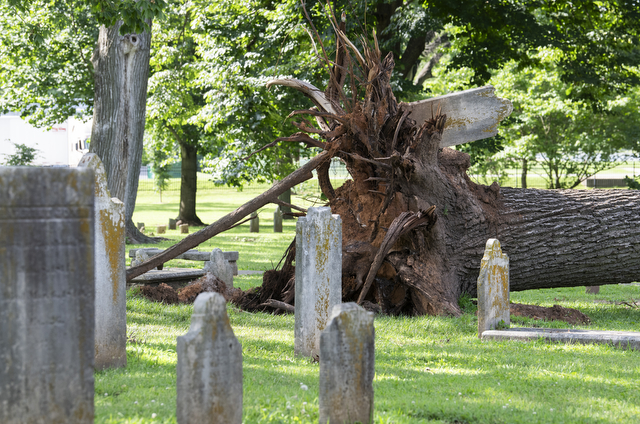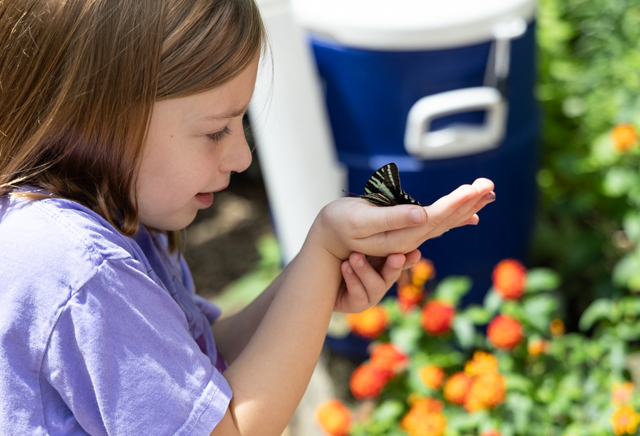Outdoors: WKU prof searches for secrets in skeletons
Published 12:00 am Sunday, February 24, 2008
The first thing I noticed when professor Steve Huskey opened the plastic bin was the smell – but I hadn’t expected the sound that accompanied the odor.
As we peered into the container, carnivorous beetles numbering in the tens of thousands made a rhythmic gnawing sound as they devoured the flesh of a deceased porcupine.
“The beetles freak a lot of people out,” Huskey told me while I gazed in wide-eyed amazement throughout his lab in the Thompson Complex at Western Kentucky University. “But when they see the finished product, even the most hesitant person says, ‘That’s the coolest thing I’ve ever seen!’ ”
From full-grown alligators all the way down to the tiniest of bats, Huskey has used his colony of dermestid beetles to clean an array of animals, so that he can gain a further understanding of how and why they evolved.
“As a functional morphologist, what I’m looking at is how the design of an animal helps it meet some ecological demand – like catching prey, or flying or swimming – something it has to do to survive,” he said.
Dermestid beetles are paramount to Huskey’s research, because they allow an animal’s skeleton to remain intact, whereas other cleaning methods result in nothing more than a pile of cleaned bones that must be painstakingly placed back together. Using the beetles, Huskey might invest only a couple hours in each model, instead of a couple days or weeks.
“Once you see what is happening underneath the muscle and soft tissue from a skeletal perspective, it’s really easy to start predicting how those muscles are accomplishing a task,” Huskey said as he pointed out a giant fish equipped with a second set of jaws used for crushing shellfish.
In addition to local creatures brought in by students, an interesting variety of animals comes to Huskey via an exotic animal dealer who supplies zoos across the country.
“If an animal arrives dead, he sends it to me and I can take advantage of it in this capacity,” he said. “People walk by, stop and say, ‘Oh my gosh! You’ve got a king cobra lying on the table.’ ”
For Huskey and his students, it’s just another day in the classroom. Huskey inherited the beetles after his Ph.D. advisor at Florida Tech no longer had use for them. Today, Huskey has been working with the same colony for more than 10 years and has generously supplied fresh recruits to museums whose beetles have been attacked by ants.
With cotton balls as bedding, the beetles live inside the containers and need very little other than ample food and a bit of moisture.
“If I run out of fodder, I use old chicken wings from supper,” Huskey explained. But during my visit, his four bins had everything from entire eastern wild turkeys to Central American opossums being cleaned by beetles.
“We have them around here,” Huskey said of the bugs. “(Dermestid beetles) prefer dry flesh over wet flesh” – which means that when flies and their young are finished, the beetles move in to complete the job.
Over the years, Huskey has made some remarkable scenes with the aid of his beetles, and many of his works end up in museums for others to study and admire.
Once an animal is skinned, it can be posed in a natural position in front of a fan that will dry the muscles and tissue, leaving the skeleton “frozen” in position. Then, the beetles do their thing – and with some hydrogen peroxide and sunlight to bleach the bones, Huskey has a real-life skeletal model that needs only a little touching up with super glue to stand the test of time.
“I used to tell people that I wanted to be a paleontologist before I could even spell it,” Huskey said. “I was going to dig up bones and work on bones, but this is better for me. I get to see it used in live animals, as compared to looking at extinct stuff.”
— Geordon T. Howell is outdoors columnist for the Daily News. He can be reached by e-mailing highbrasshowell@yahoo.com.






